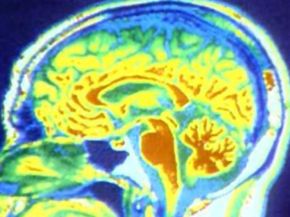What is Brain Death?
First, one must clarify that everyone dies of "brain death." Whether an old person suffers cardiac arrest resulting in the lack of oxygen and nutrients to the brain, or a younger person suffers a gunshot wound to the head resulting in brain death, it's the same diagnosis.
The brain controls all our bodily functions, but there are three things it cannot do:
Advertisement
- It cannot feel pain. The brain can feel pain from all over the body, but not within itself.
- The brain cannot store oxygen. A person can feel a lack of oxygen after only a few seconds. When someone stands up too quickly and becomes dizzy, this is an example of the loss of blood flow to the brain that can be sensed.
- The brain cannot store glucose (blood sugar). Diabetics who give themselves too much insulin can drop their blood sugar level and faint, and without immediate glucose infusion the brain can die.
The brain can survive for up to about six minutes after the heart stops. The reason to learn cardiopulmonary resuscitation (CPR) is that if CPR is started within six minutes of cardiac arrest, the brain may survive the lack of oxygen. After about six minutes without CPR, however, the brain begins to die. (See How CPR Works to learn more about the procedure.) Prompt resuscitation allows the physician time to assess and treat the damaged brain. Medication and mechanical ventilation permit tissue oxygenation, but severe brain damage or a prolonged period without oxygen or glucose causes the death of the brain.
By definition, "brain death" is "when the entire brain, including the brain stem, has irreversibly lost all function." The legal time of death is "that time when a physician(s) has determined that the brain and the brain stem have irreversibly lost all neurological function."
